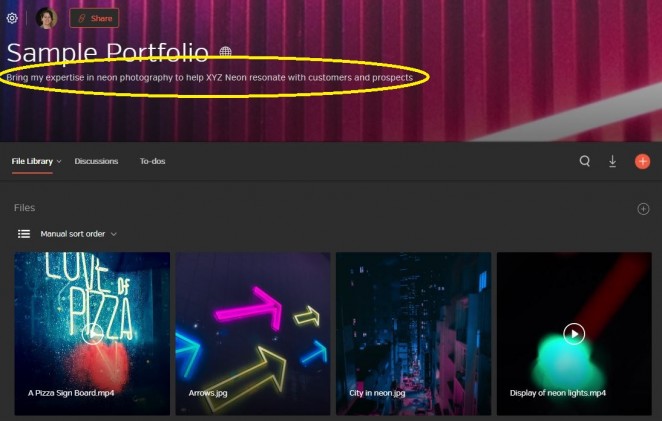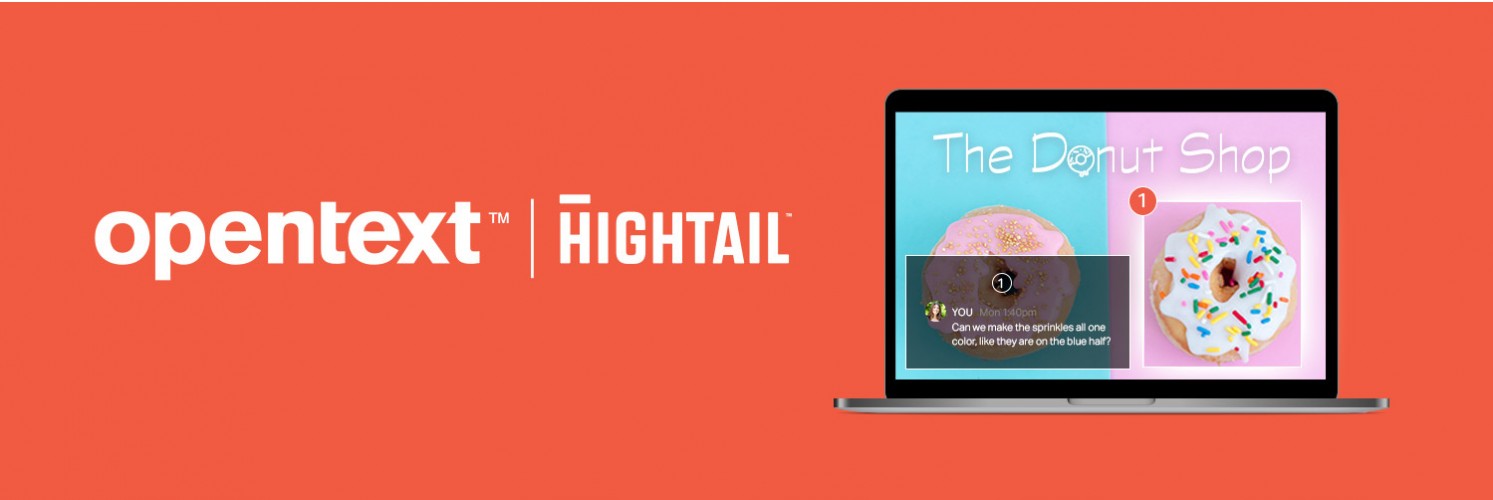Creative directors are busy people. Between planning, budgeting, overseeing projects and guiding staff, it can be difficult to find the time to look at the plethora of portfolios that come in from candidates seeking new opportunities these days.
That’s why it’s increasingly important that your portfolio makes an impact—and does it quickly. A creative director should be able to look at your portfolio and within 30 seconds, know what you’re about and what you’re capable of. Here are a few tips to help:
Think of yourself as a brand – Before you even start your portfolio, you might need to pivot your thinking a little bit. You don’t just want to get ALL of the projects or jobs; you want to get the ones that are right for you and that you can excel at. What is it that makes you as a brand unique? What are you really great at? What do you really enjoy? If there’s work you’ve done that you’re particularly proud of that fits the bill for both of those questions, it’s worth showcasing even if it wasn’t done for a paying client. And make sure you show it off in an easily viewable way for time-starved creative directors. If it’s a brochure or flyer, make sure to digitize it for your portfolio and make sure everything you share is in high resolution.
It can also be important to think about the types of projects you’ve done that you haven’t liked, so you can ensure your portfolio isn’t somehow geared toward those.
Start (and end) with your best work – In journalism, there’s an expression: Don’t bury the lead (also spelled “lede”). You don’t want to lose the audience to your story or your portfolio because they don’t understand what they’re looking at. Definitely lead with some of your best work.
But that doesn’t translate into ending with your worst work. You don’t want to give someone that is just glancing over your portfolio, who might not have the time to really examine each part, a sour note to end on.
Tailor your portfolio for the work you want – In addition to tailoring it for your brand, think about tailoring your portfolio for a particular industry or company that you want to target.
Including something relevant to a company you want to get hired at can go a long way with the hiring manager. “While it’s good to also have a cross-section of work, highlighting work that’s aligned to the job is much more impressive because it shows (1) you looked at the job description, (2) understood what I’m asking for and (3) have some great applicable pieces to share,” according to an article on 5 ways your portfolio is hurting your job potential.
Some creative directors also find it helpful if you can include notes that show your thinking (including pivots you might have made along the way), who you’ve worked with and how the results were measured—especially if it aligns with the particular job or project you’re applying for.
Extra points if your portfolio highlights a clearly defined goal that aligns with what the company you’re reaching out to is trying to accomplish:

Keep it current – Always review your portfolio before sending to make sure you’re sharing some of your freshest projects and newest concepts, especially if it’s been a while since you last updated it. You want to be sure to showcase that you’re keeping up on current trends, as well as that you can continue to innovate as your career progresses.
Bring a friend into the mix – Think your portfolio is ready to go? Ask a friend to take a look at it to make sure. Challenge them to see if they understand what your work is about, based on the 30-second test. Ask them what appeals to them and what doesn’t and why. Not everyone is an expert, but you’d be surprised at the great ideas for tweaks you might come up with after listening to their feedback.
Need to build an easy, quick and free portfolio? Read about how Hightail can help you do just that here.



